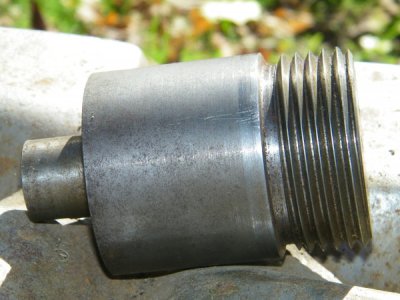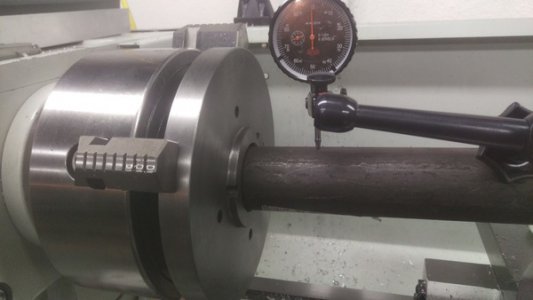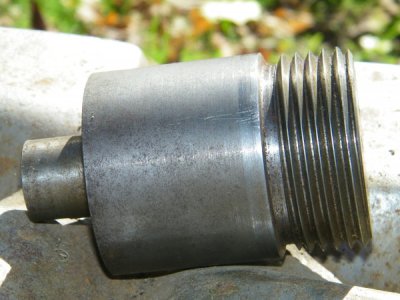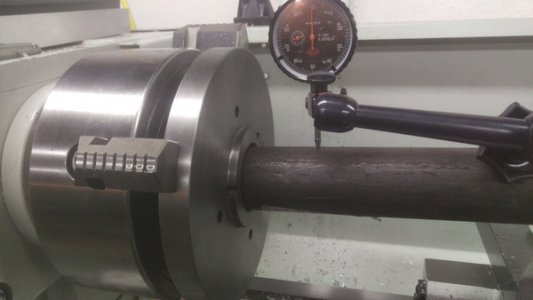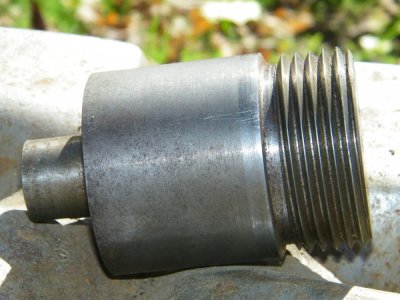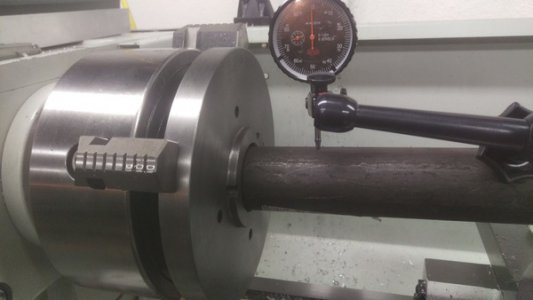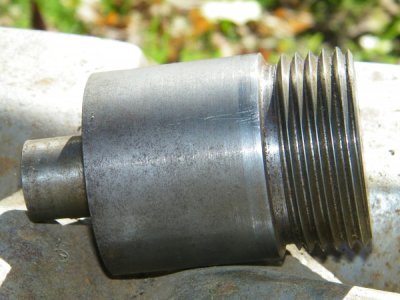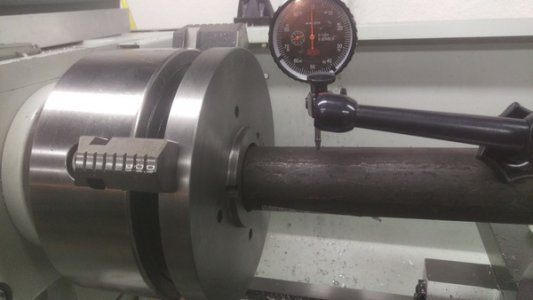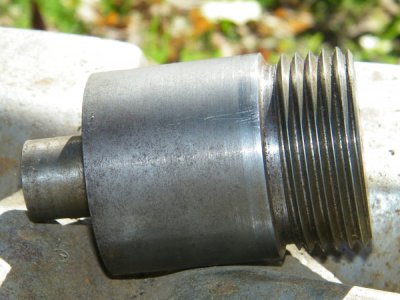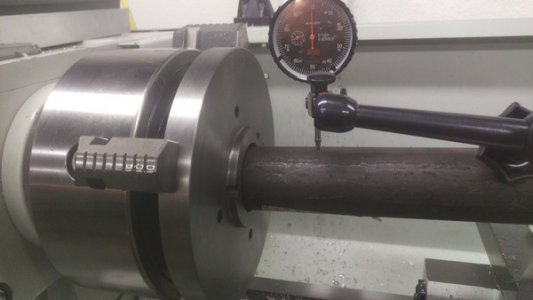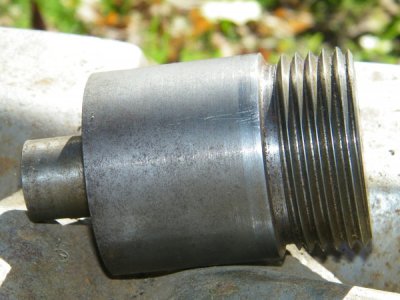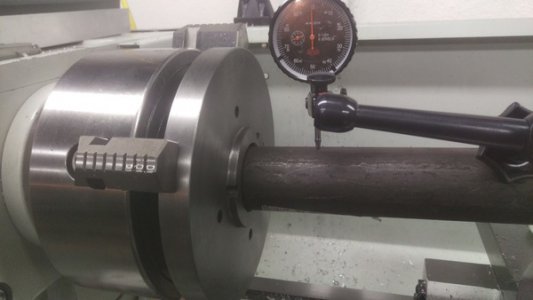ok guys still have a stuck chuck. I can get it off, but not as easy as it should be. here is some more info. I have a n area at the back of the back plate that is rubbing against the spindle face appx. 30% of the surface area. as per what Brain Coral mentioned. I took another skim cut off that surface with no change. I wonder if the back plate is just not square when I screw it on backwards to make this skim cut because the threads are just not holding square because there is no shoulder to lock on in this backwards set up? I read somewhere in backplate fitting about scraping the back surface where it is rubbing. by the way I'm checking this "rub" area with dykem blue, and a .001 feeler gauge. the feeler gauge goes in about 70% of the radius. Sorry for the long message, but there's a lot more and I'm a newbe. I have the part of the rear hub from the back plate that I cut off . What if I got this piece surface ground and used that as a spacer. when I reinstalled the back plate backwards it would but up against the spindle face square. i'll probably try that. MORE. when I cut the front of the back plate for the lip that goes in the recess of the chuck I took a little too much off (oops) it falls right in. I can't measure the difference because it's so close. but this might be part or all of my runout. the fellow who drilled the holes in my baclplate (he has a Bridgeport) said that I should be able to center for runout by only installing 3 of the 6 bolts that hold the backplate on and tapping with a plastic mallet to center it. it ain't workin. I approached him with this thought that I had. I have a starrett spring loaded prick punch. I had tested it previously and it makes a consistent .003 high indentation . what if I prick punch the circumference of the hub uniformely (6) places. I think that this would center the 2 pieces. he said not to do it. the 2 pieces don't have that much clearance, but they wouldn't be hard to mate together. I thind that it's worth a try. but , my biggest concern is the sticking. thanks for all the help so far
porthos
porthos


